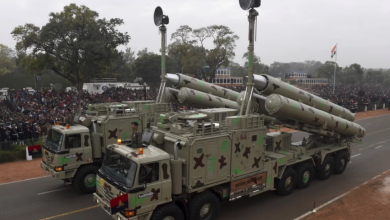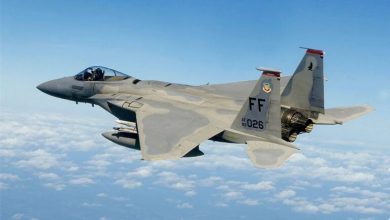Denmark to Buy Ukraine-Made Weapons Using Russian Assets

Denmark will procure arms and ammunition worth around 830 million euros ($934 million) from the Ukrainian defense industry in 2025 using frozen Russian assets.
The procurement will be on behalf of the EU through the European Peace Facility.
This will strengthen the Ukrainian defense industry, enabling competitive prices and faster adaptation to Ukrainian needs.
Furthermore, Ukrainian soldiers will receive equipment they are already familiar with and can maintain themselves, the Danish Ministry of Defence said in a press release.
“With the ‘Danish Model’ Denmark has taken the lead in the international efforts to strengthen defence production in Ukraine,” Danish Minister of Defence Troels Lund Poulsen explained.
“It is truly exceptional that we now have the opportunity to enhance this effort even further with additional funding from the EU.
It is a recognition of Denmark’s efforts on this matter that the EU has decided to channel even more funds through us this year.”
The ‘Danish Model’
Denmark was the first country to invest in the Ukrainian defense industry to procure arms and equipment for the Ukrainian Armed Forces.
In 2024, Copenhagen allocated 400 million euros ($450 million) to the Ukrainian defense industry using frozen Russian assets worth an estimated $300 billion.
With contributions from the EU, the Danish Ukraine Fund, and allies, Denmark allocated approximately 4.4 billion Danish kroner ($663 million) in 2024 to finance procurement from the Ukrainian defense industry, including 18 Bohdana self-propelled howitzers.
In 2025, it expects to more than double this amount.
A total of 3 billion Danish kroner ($452 million) has been allocated for the procurement from the Ukrainian defense industry from 2025 to 2027.
“Last year, when I visited Ukraine to meet with several defence industry companies, I was convinced of the prospects for supporting Ukraine directly through procurements in the country’s own defence industry,” Poulsen added.
“This way, we ensure that the Ukrainians urgent military needs can be produced and delivered locally.
This provides obvious logistical advantages while also contributing to building Ukraine’s defence industry for the future. We are now able to do this on an even larger scale.”





